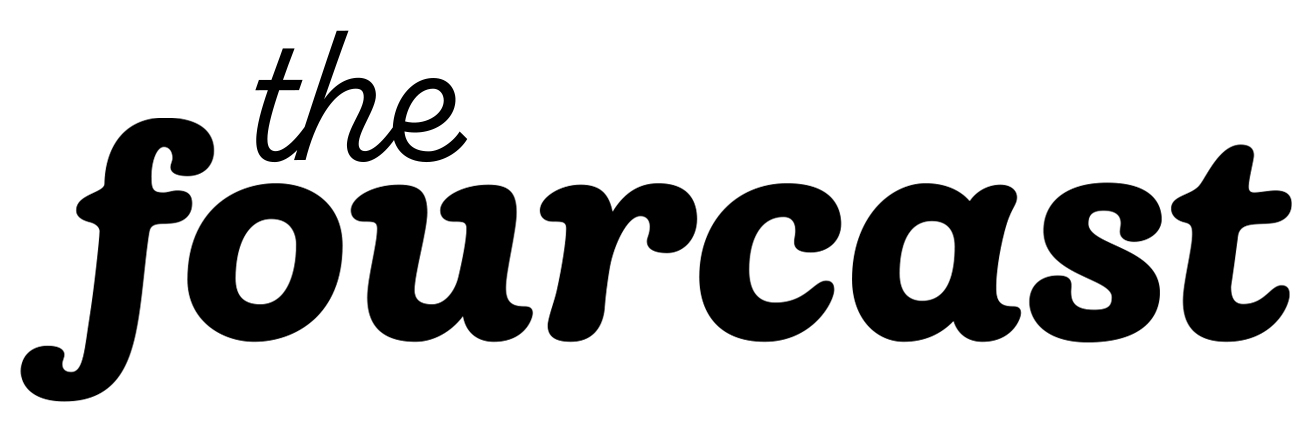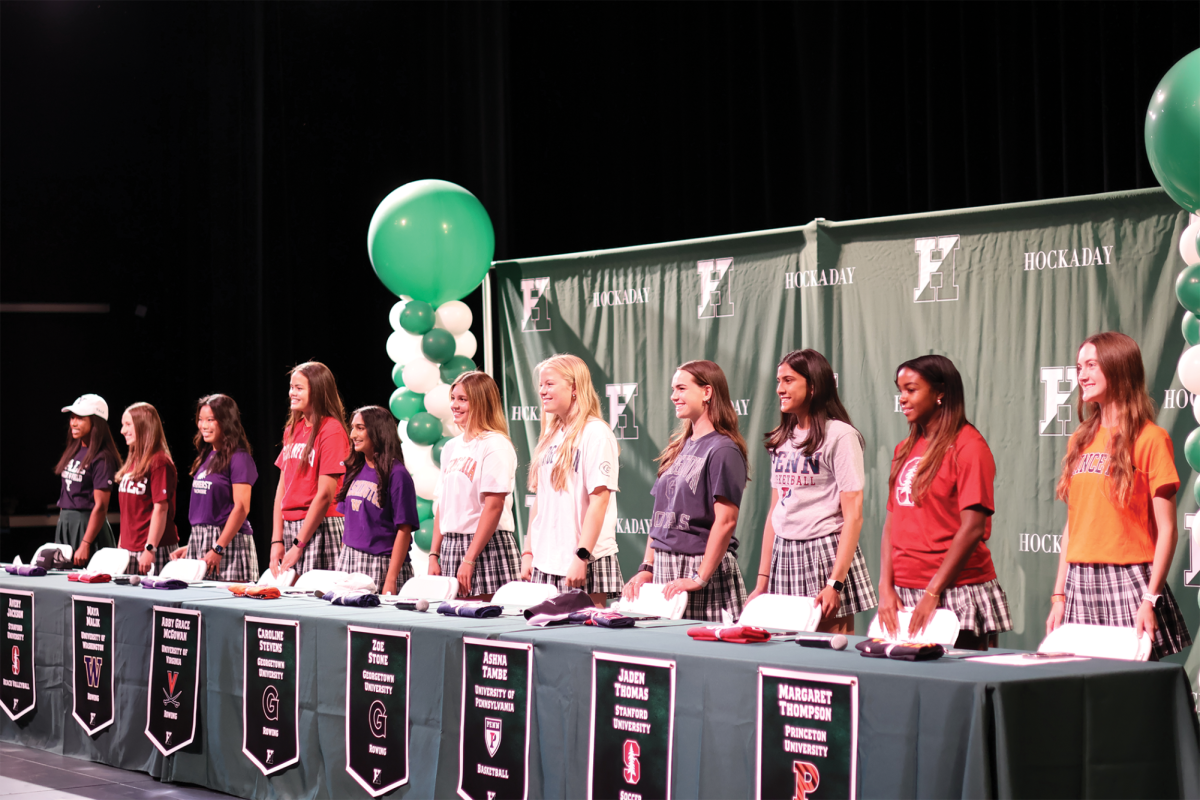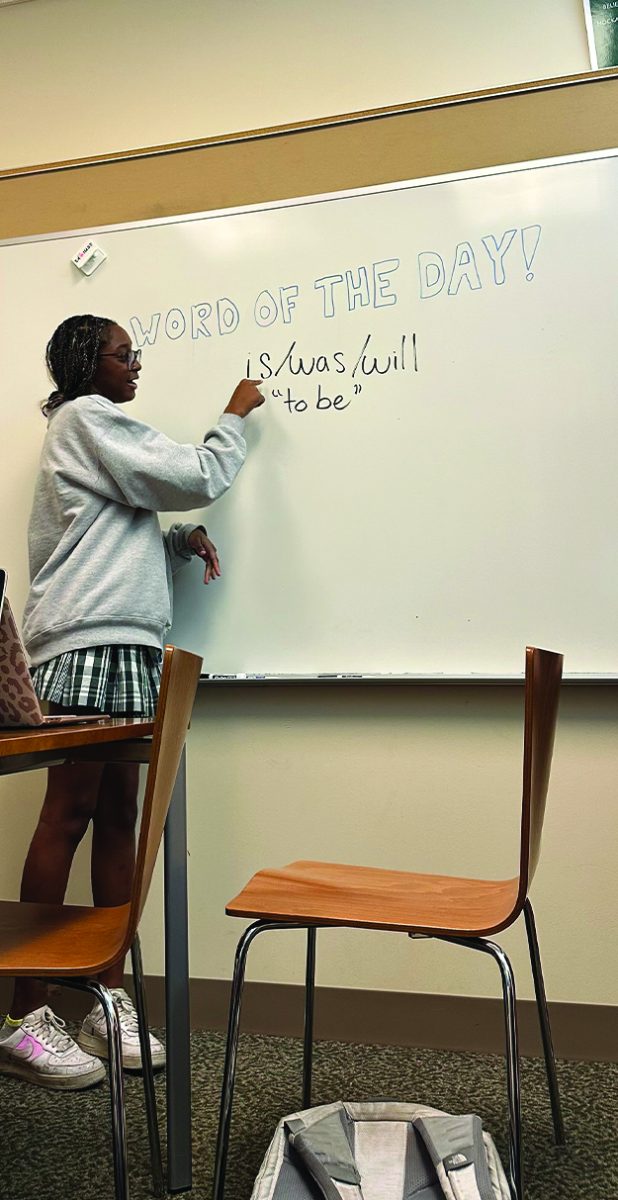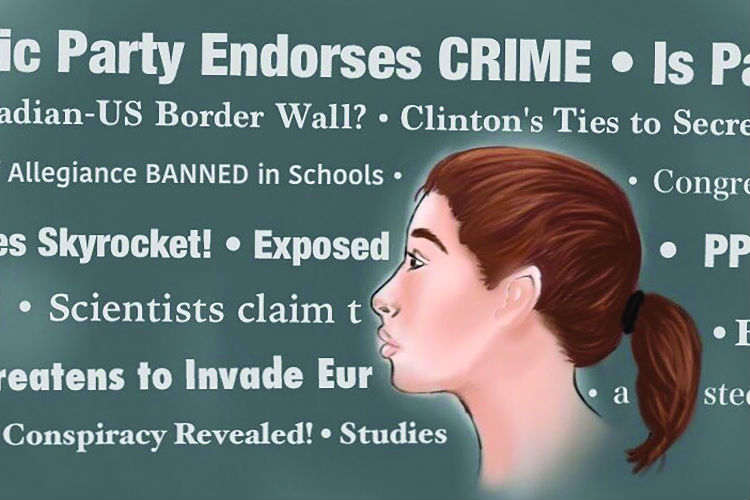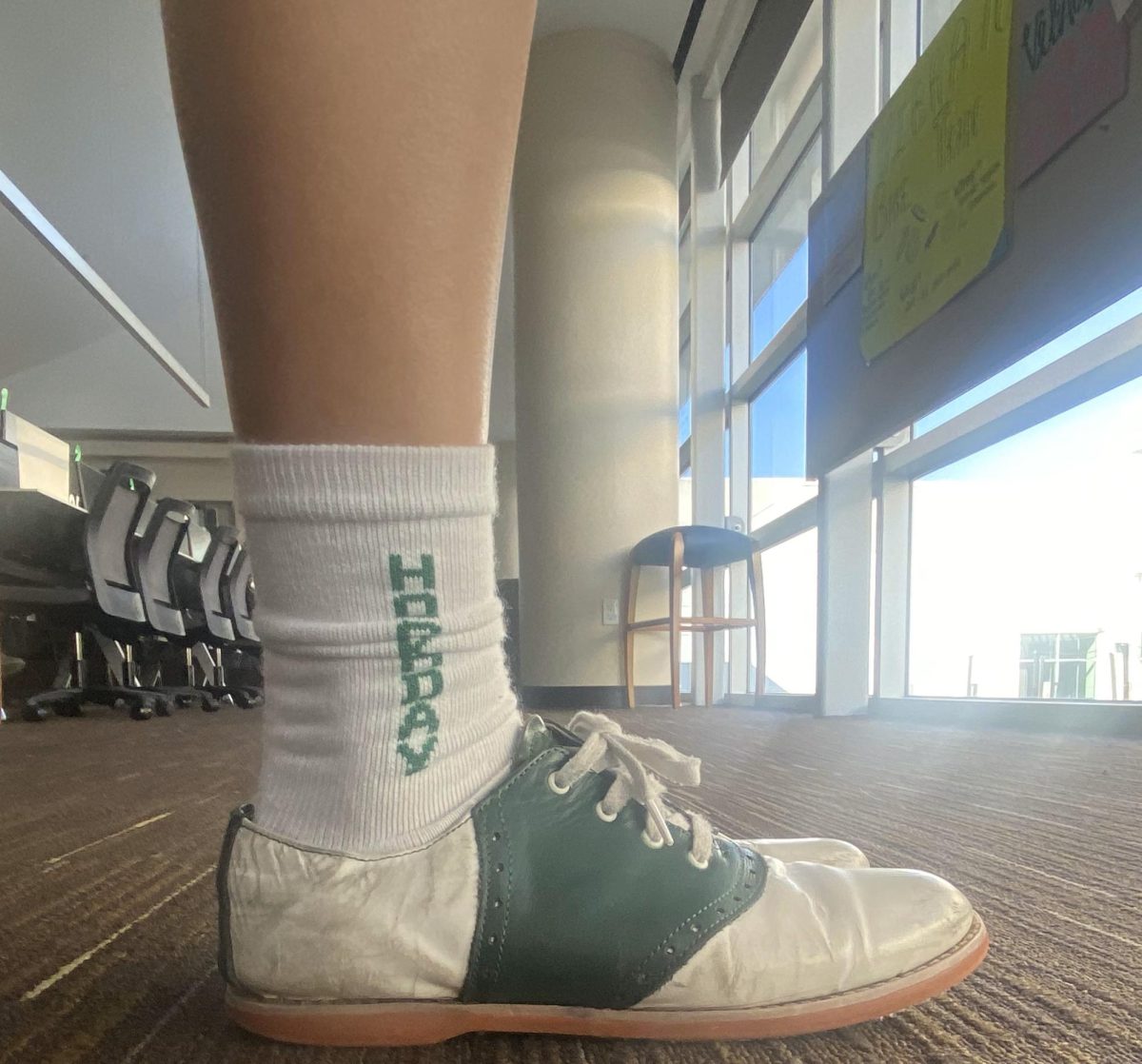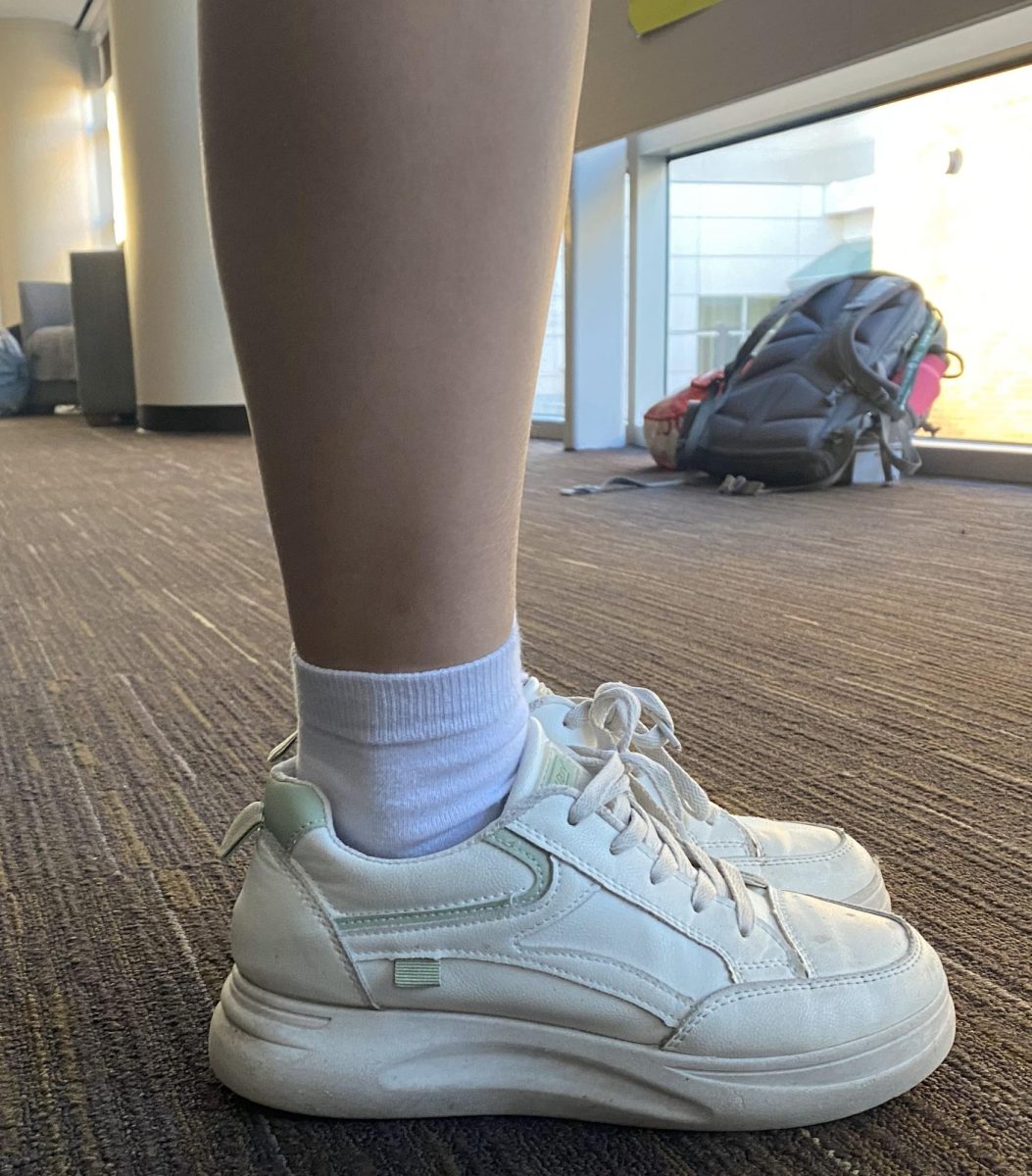Given today’s tense political climate and influential figures like President Donald Trump denouncing supposed“- fake news”, it is imperative that anyone who stays up to date on current events does not get bogged down with media that doesn’t present the true facts.
So what exactly is fake news? There are several types, according to the Huffington Post, including deliberately deceptive news, satire that is not specified as such, hoaxes or news that twists the truth. The more sensational the story, the more clicks, so advertising agencies will often pay more to place their advertisements on eye-catching but possibly untrue stories, thus encouraging the spread of fake news. Don’t be mislead by deceptive reporting. Use this guide to spot fake news.
Analyze the source.
Many news sources are trustworthy, but some aren’t, and it is easier to identify the fake ones than you may think. Well-known sources like the New York Times are most likely reputable, while sites with sensational titles, a variety of shocking stories and an unprofessional page ridden with typos and images pulled from the internet may spread fake news. Watch out for URL’s that appear to be reputable sources but actually have a slight difference, such as a “.co” added to the end. Additionally, you can usually look into information provided on the website under the “About Us” section, and if a site does not provide this information, it may not be trustworthy.
Read the full story.
It has happened to the best of us— we see a headline and immediately spread the word about the shocking news we just found out, especially with the clickbait stories that pop up on our Facebook timelines that we carelessly scroll through only having read the title. However, only later do we realize that the headline was extremely dramatized. Make sure to read the full story rather than just the headline.
Do outside research.
If you are suspicious of a story, research everything, including the author’s reputability, the date, the sources of quotes or lack thereof and the support the author provides. Usually an important event is not just published in one news source, so if you do not nd the story anywhere else, that is a warning ag for fake news.
Watch out for satire.
Sites like The Onion and Clickhole publish satirical and humorous articles, and although they are satirical websites, the comment sections of the inconceivable articles are littered with comments from people who do not realize, for example, that President Trump did not actually serve his dinner guests his tax returns.
Use fact-checking websites.
If you really cannot tell if something is fake news, consult websites like FactCheck.org and Snopes.com to see if a story is true.
Morgan Fisher – Business Manager
